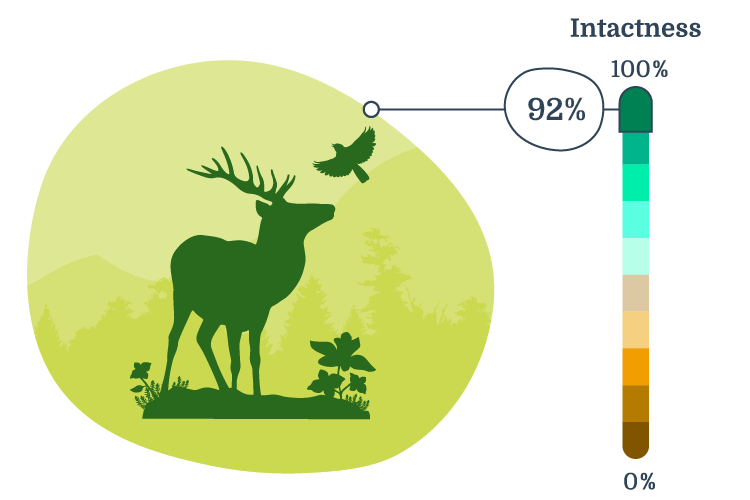Status of Overall Biodiversity
Summary of the status of overall biodiversity and that of six taxonomic groups in Tolko's Southern Operating Area, based on the Biodiversity Intactness Index.
Status of Biodiversity
- Intactness was over 90% for all taxonomic groups, indicating habitat is in good condition in the Southern Operating Area.
- While intactness was high, all groups except mammals had some species with disproportionately low intactness—the drop in intactness from 100% was greater than the percentage of human footprint in the region.
- For many species of birds, mammals, soil mites, and vascular plants, habitat suitability is predicted to increase as a result of human footprint; these species are often habitat generalists that use both native habitat and human footprint.
introduction
The ABMI uses the Biodiversity Intactness Index[1] to assess the status of overall biodiversity in a region.
-
It shows how much human footprint has affected species as a result of changes to habitat suitability[1]. Habitats with minimal disturbance have high intactness scores compared to highly modified habitats, which have low intactness scores.
-
In Tolko’s Southern Operating Area, biodiversity is managed as part of the “values, objectives, indicators, and targets” (VOIT) approach to sustainable forest management; biological diversity, or biodiversity, is one of six criteria considered under this framework[2]. There are several defined objectives, indicators, and targets to maintain biodiversity across the landscape, for example, retaining a full range of forest types in all age classes and maintaining habitats for high-value species[2].
-
The Biodiversity Intactness Index is one way to assess the status of biodiversity in a managed forest landscape.
In this section we summarize overall intactness and present results for six taxonomic groups that represent a diverse subset of all species in the region: birds, mammals, soil mites, native vascular plants, mosses, and lichens.
Results
Biodiversity Intactness
The overall intactness of 647 common species as measured by the Biodiversity Intactness Index was found to be:
Average intactness for each taxonomic group was:
Birds
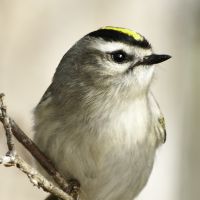
Mammals
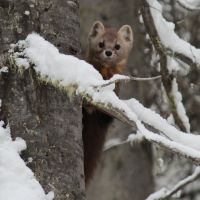
Soil Mites
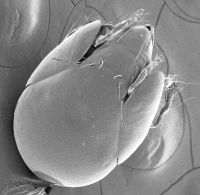
Vascular Plants
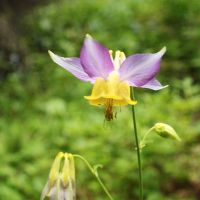
Mosses
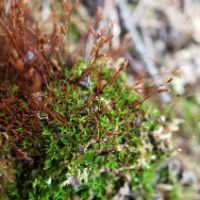
Lichens
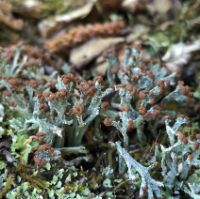
Highlights
- Intactness was at least 90% for all taxonomic groups, ranging from 90% for birds and vascular plants to 94% for soil mites, indicating that much of the habitat across the Southern Operating Area is in good condition.
- Habitat suitability for most lichen and moss species was lower than expected when compared to intact reference conditions. Over 80% of lichen species and approximately 60% of moss species experienced reduced habitat suitability. This may be due to a higher proportion of decreaser species—those whose habitat suitability declines due to human footprint—within these groups, as many of these species are most abundant in older forest and are affected by activities that alter their preferred habitat.
- For birds, mammals, soil mites, and vascular plants, deviation from intact reference conditions was also due to a number of increaser species; habitat suitability is predicted to increase as a result of human footprint for these species. Many increaser species benefit from human footprint and are otherwise relatively uncommon in native vegetation, while others are habitat generalists that use both native habitat and human footprint.
- All groups except mammals had some “strong decreaser” species with disproportionately low intactness—the drop in intactness from 100% was greater than the percentage of human footprint in the region. Many of these species are associated with mature/old deciduous forest and are negatively impacted by activities that impact their preferred habitat. For example, Lung Lichen (59% intact) is a species that grows predominantly on older trees and relies on moister habitats that are typical of older forests.
- Results for each taxonomic group can be viewed by selecting a tab below.
Biodiversity Intactness. Distribution of species intactness by taxonomic group in the Southern Operating Area. Solid line at 100% indicates no difference in habitat suitability between the current landscape with human footprint and the modelled reference landscape without human footprint. The location of the data point relative to the reference line indicates whether habitat suitability for the species is predicted to decrease or increase relative to reference conditions; both positive and negative deviations from reference results in lower intactness. Each data point represents an individual species; hover over a data point to view the intactness value for an individual species.
Results
Intactness by Taxonomic Group
The ABMI assessed species intactness across six taxonomic groups—birds, mammals, soil mites, vascular plants, mosses, and lichens. Highlighted species include those showing the greatest differences from intact reference conditions, including decreaser species with lower habitat suitability under current conditions with human footprint, and increaser species with improved habitat suitability.
Click on a species group to view intactness results:
Birds
Bird Intactness
In Tolko’s Southern Operating Area, the overall intactness of 84 bird species as measured by the Biodiversity Intactness Index was found to be:
Brown Creeper (72% intact)
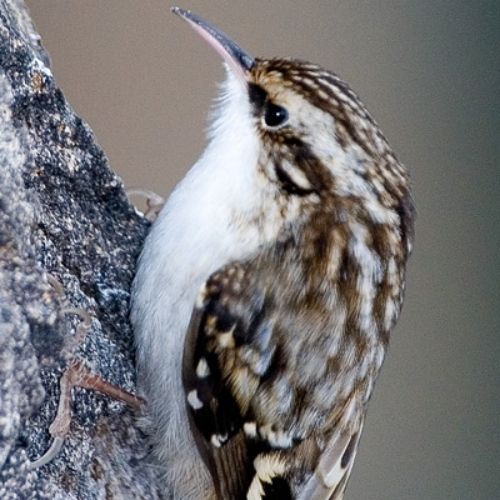
Habitat suitability decreased for the Brown Creeper, which is an old-forest specialist that selects the largest live or dead trees for nesting and foraging.
Canada Warbler (79% intact)
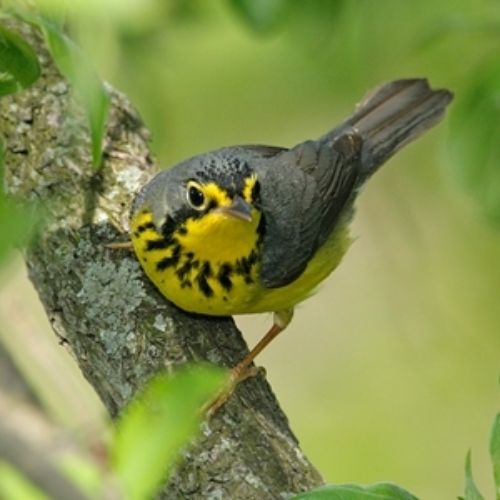
Habitat suitability decreased for the Canada Warbler, which is associated with old deciduous and mixedwood stands, and avoids recently harvested areas.
Alder Flycatcher (61% intact)
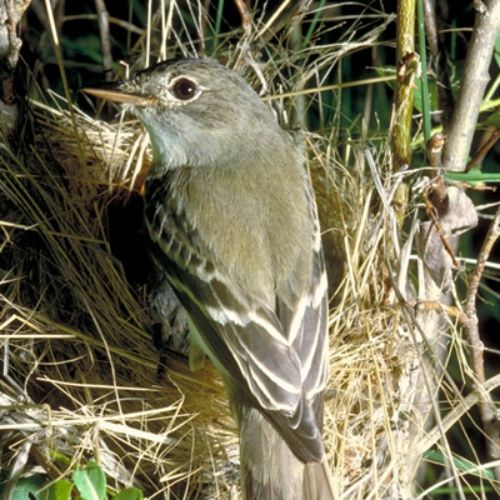
Habitat suitability increased for the Alder Flycatcher, which is most common in young harvested deciduous and mixedwood forest stands.
Bird Highlights
-
Intactness ranged from 70% to 100% for bird species in Tolko’s Southern Operating Area, with habitat suitability declining as a result of human footprint for 45% of bird species, and improving for 55% of species.
-
The species with the largest decreases in habitat suitability rely on mature/old forest to meet their habitat requirements for nesting and foraging. For example, the species with the largest decrease in habitat suitability, Black-throated Green Warbler (70% intact), gleans insects from the outer branches of old White Spruce trees in mature/old mixedwood, deciduous, and White Spruce forests, coexisting with species that use other parts of the tree.
-
Habitat suitability increased for 55% of bird species in the Southern Operating Area. The species with the largest increase in habitat suitability is Alder Flycatcher (61% intact), which prefers younger, more open forest stands and responds positively to forest harvest. Shrub nesters such as Common Yellowthroat (74% intact) also respond positively to the habitat created by forest harvest.
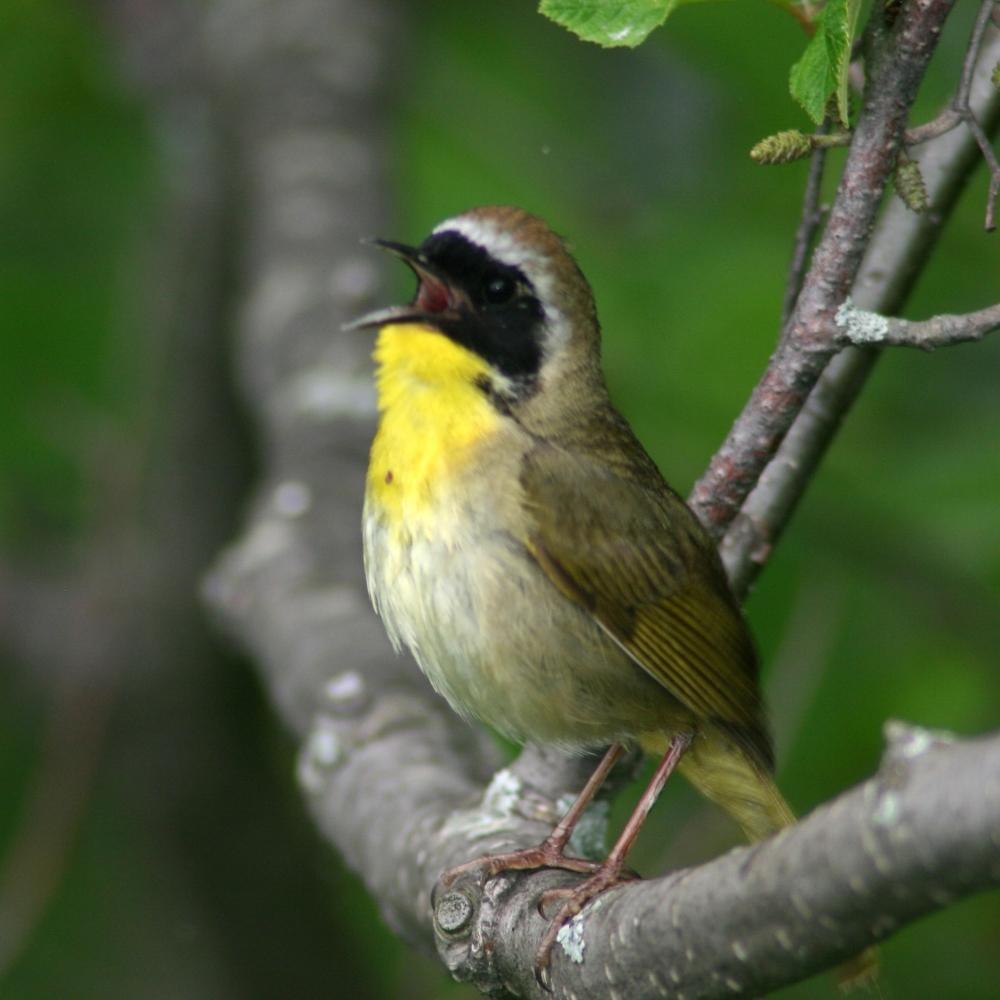
Common Yellowthroat (74% intact) nest in thick shrub habitats and can benefit from forest harvesting.
Bird Intactness. Intactness for bird species in the Southern Operating Area. Solid line at 100% indicates no difference in expected habitat suitability between the current landscape with human footprint and the modelled reference landscape without human footprint. Data points indicate deviation from 100% intact; for example, 75% intact indicates greater deviation from reference conditions than 99% intact. The location of the data point relative to the reference line indicates whether habitat suitability for the species is predicted to decrease or increase relative to reference conditions; both positive and negative deviations from reference results in lower intactness. Hover over a point to view intactness for each species.
Mammals
Mammal Intactness
The overall intactness of 14 mammal species as measured by the Biodiversity Intactness Index was:
Marten (94% intact)

Habitat suitability decreased for Marten, which use habitat elements such as coarse woody debris, snags, and a dense understory as cover, mostly in mature/old coniferous forests.
Striped Skunk (77% intact)
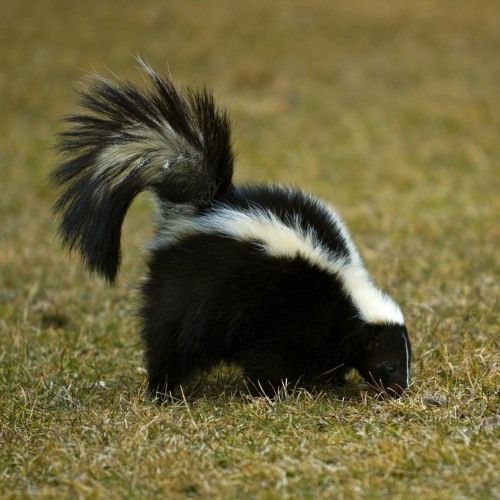
Habitat suitability increased for Striped Skunk, which is associated with open grasslands, and has adapted to living in areas with human footprint.
Coyote (92% intact)
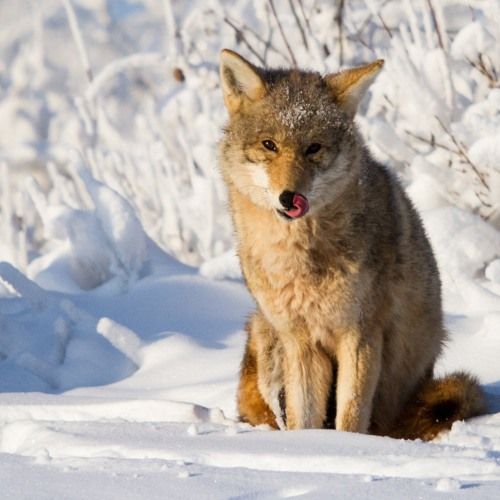
Habitat suitability increased for the three canid species, including Coyote. These species are generalists that are able to use a variety of disturbed and undisturbed habitats.
Mammals Highlights
- Intactness ranged from 77% to 100% for mammal species in Tolko’s Southern Operating Area, with habitat suitability declining as a result of human footprint for six mammal species, and improving for eight species.
- The species with the largest decrease in habitat suitability was Elk (84% intact), which tends to be found in habitats dominated by shrubs or grasses, or mature/old forest stands.
- Habitat suitability also decreased for Marten (94% intact) and Fisher (96% intact)—forest-dependent species that require habitat structure for cover and foraging opportunities.
- The species with the largest increase in habitat suitability was Striped Skunk (77% intact), which responds positively to all human footprint types.
- Habitat suitability increased for the three canid species—Gray Wolf (94.5% intact), Coyote (92% intact), and Red Fox (92% intact). All three species are generalists and, for Gray Wolf, forest disturbance allows them to move more easily through the landscape as they hunt for large mammalian prey.

Fishers (96% intact) prefer continuous forest cover and are more likely to be found in old forests.
Mammal Intactness. Intactness for mammal species in the Southern Operating Area. Solid line at 100% indicates no difference in expected habitat suitability between the current landscape with human footprint and the modelled reference landscape without human footprint. Data points indicate deviation from 100% intact; for example, 75% intact indicates greater deviation from reference conditions than 99% intact. The location of the data point relative to the reference line indicates whether habitat suitability for the species is predicted to decrease or increase relative to reference conditions; both positive and negative deviations from reference results in lower intactness. Hover over a point to view intactness for each species.
Soil Mites
Soil Mite Intactness
The overall intactness of 79 mite species as measured by the Biodiversity Intactness Index was:
Epidamaeus sp. 1 DEW (63% intact)
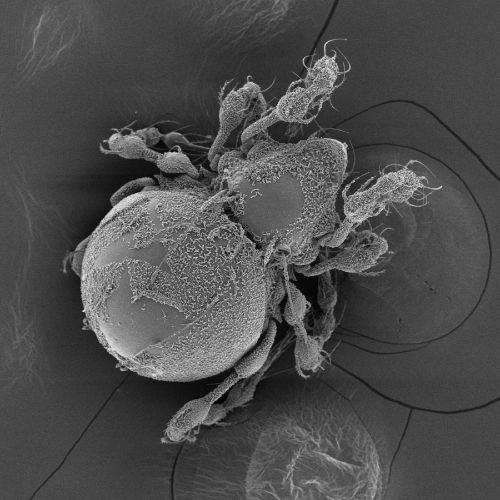
Habitat suitability decreased for Epidamaeus sp. 1 DEW, which is associated with old deciduous forests, and is essentially absent in areas with human footprint.
Eremaeus translamellatus (90% intact)
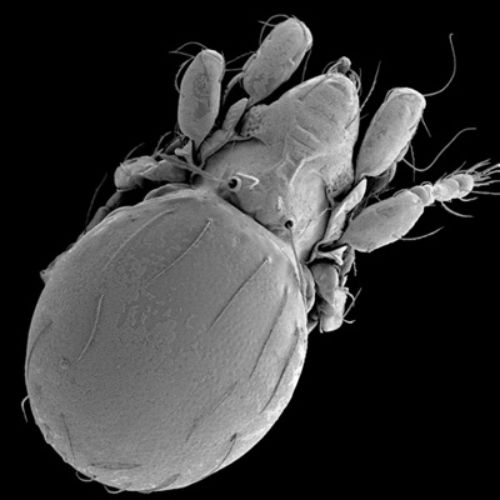
Habitat suitability decreased for Eremaeus translamellatus, which is associated with old coniferous forests in the boreal forest, where it can be found in leaf litter, logs, moss, and even rodent nests.
Tectocepheus sarekensis (88% intact)
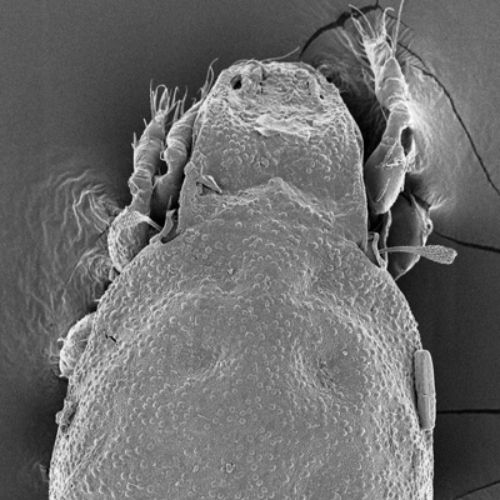
Habitat suitability increased for Tectocepheus sarekensis, which is a common species that responds positively to all types of human footprint.
Soil Mite Highlights
- Intactness ranged from 63% to 100% for soil mite species in Tolko’s Southern Operating Area, with habitat suitability declining as a result of human footprint for 53% of soil mite species, and improving for 47% of species.
- Of the species with the largest decreases in habitat suitability, many are associated with mature/old forest habitat attributes such as a substantial layer of forest litter[3]. For example, habitat suitability decreased for Oribatella jacoti (83% intact) which is found in deciduous litter, especially in Trembling Aspen forests.
- The species with the largest increases in habitat suitability are associated with human footprint, including forest harvest. For example, habitat suitability increased for Hermanniella robusta (86% intact) which responds positively to young harvested stands, and Tectocepheus sarekensis (88% intact) responds positively to human footprint.

Neogymnobates luteus (81% intact) is associated with old forests and is negatively affected by human footprint.
Soil Mite Intactness. Intactness for soil mite species in the Southern Operating Area. Solid line at 100% indicates no difference in expected habitat suitability between the current landscape with human footprint and the modelled reference landscape without human footprint. Data points indicate deviation from 100% intact; for example, 75% intact indicates greater deviation from reference conditions than 99% intact. The location of the data point relative to the reference line indicates whether habitat suitability for the species is predicted to decrease or increase relative to reference conditions; both positive and negative deviations from reference results in lower intactness. Hover over a point to view intactness for each species.
Vascular Plants
Vascular Plant Intactness
The overall intactness of 247 vascular plant species as measured by the Biodiversity Intactness Index was:
Spreading Sweet Cicely (73% intact)
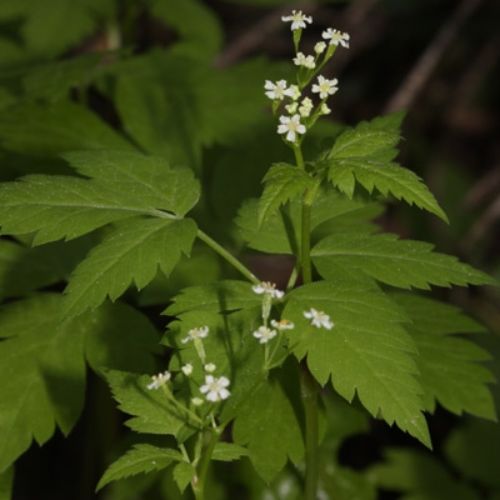
Habitat suitability decreased for Spreading Sweet Cicely, which is common in moist habitats in older forest stands.
Hay Sedge (Carex foenea; 56% intact)
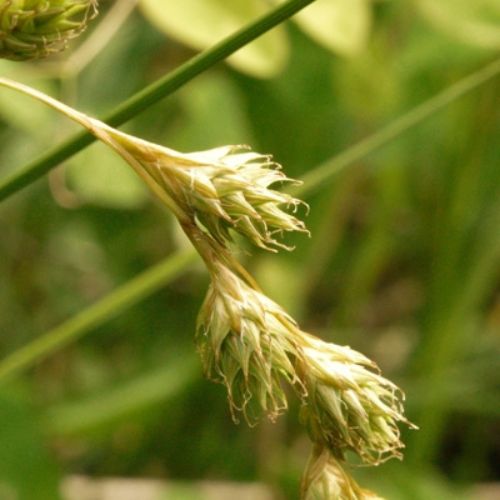
Habitat suitability increased for Hay Sedge, which responds positively to forest harvest and non-agricultural human footprint types.
Narrow Leaved Collomia (32% intact)
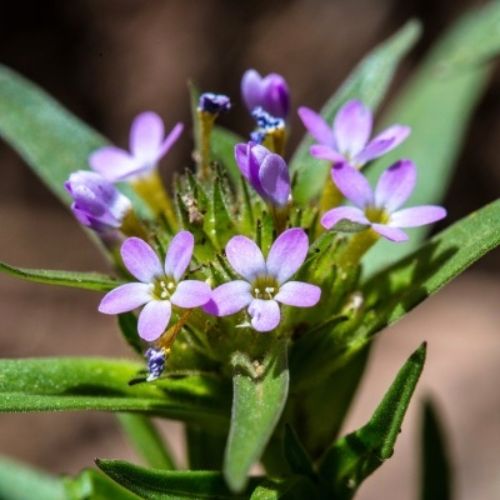
Habitat suitability increased for Narrow Leaved Collomia, which is a grassland species that is also found in forest clearings and along roadsides.
Vascular Plant Highlights
-
Intactness ranged from 32% to 100% for vascular plant species in Tolko’s Southern Operating Area, with habitat suitability declining as a result of human footprint for 44% of vascular plant species, and improving for 56% of species.
-
The species with the largest decreases in habitat suitability are strongly associated with mature/old forest to meet their habitat requirements. For example, the species with the largest decrease in habitat suitability, Clasping Leaved Twisted Stalk (67% intact), is associated with old deciduous and mixedwood forest stands, and prefers the shady, moist conditions provided by these habitats.
-
The vascular plants with the largest increases in habitat suitability are all associated with human footprint (especially non-agriculture footprint). Several of these species are also associated with wetlands or moist soils. For example, the strongest increaser species, Narrow Leaved Collomia (32% intact), responds positively to human footprint on the landscape and is associated with moist forest openings in disturbed habitat.

Heart-leaved Arnica (78% intact) is associated with shady habitats in older forests.
Vascular plant Intactness. Intactness for vascular plant species in the Southern Operating Area. Solid line at 100% indicates no difference in expected habitat suitability between the current landscape with human footprint and the modelled reference landscape without human footprint. Data points indicate deviation from 100% intact; for example, 75% intact indicates greater deviation from reference conditions than 99% intact. The location of the data point relative to the reference line indicates whether habitat suitability for the species is predicted to decrease or increase relative to reference conditions; both positive and negative deviations from reference results in lower intactness. Hover over a point to view intactness for each species.
Mosses
Moss Intactness
The overall intactness of 106 moss species as measured by the Biodiversity Intactness Index was:
Red-mouthed Leafy Moss (76% intact)
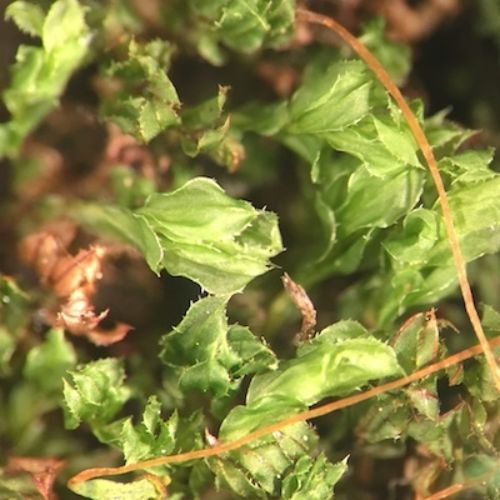
Habitat suitability decreased for Red-mouthed Leafy Moss, which is found on rotten logs, moist soil, or humus in older forested stands.
Hypnum Moss (78% intact)
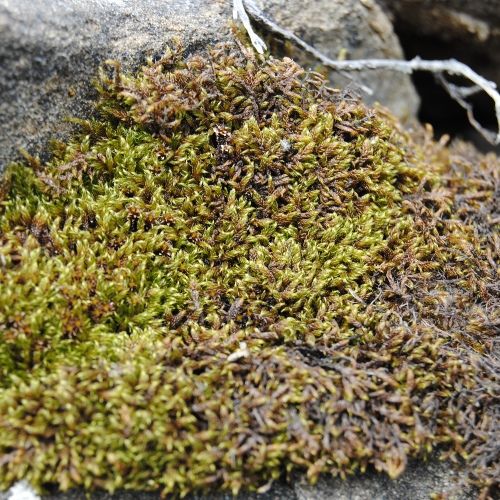
Habitat suitability decreased for Hypnum Moss, which is associated with old forest stands, particularly deciduous stands.
Purple Moss (96% intact)
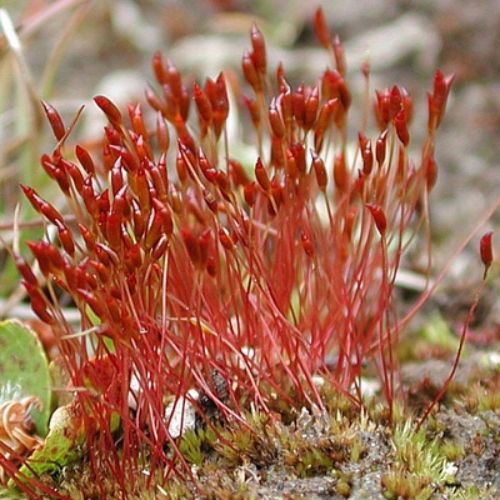
Habitat suitability increased for Purple Moss, which is a common species that is associated with young forest stands and responds positively to human footprint.
Moss Highlights
-
Intactness ranged from 66% to 100% for moss species in Tolko’s Southern Operating Area, with habitat suitability declining as a result of human footprint for 63% of moss species, and improving for 37% of species.
-
The moss species with the largest decreases in habitat suitability rely on mature/old forest to meet their habitat requirements for shade and moisture. For example, the species with the largest decrease in habitat suitability, Red-stemmed Pipecleaner Moss (68% intact), is associated with old deciduous and mixedwood forest. Red-mouthed Leafy Moss (76% intact) grows on rotten logs and moist soil or humus—habitat attributes that are found in older forests.
-
The moss species with increases in habitat suitability are associated with harvested stands and other types of human footprint. For example, one of the strongest increasers, Bonfire Moss (68% intact), responds positively to young harvested forest stands as well as most types of human footprint. Purple Moss (91% intact) is more of a generalist species, and is found in a wide variety of habitats and forest stand ages across Alberta.

Red-stemmed Pipecleaner Moss (68% intact) is associated with old mixedwood and White Spruce forests.
Moss Intactness. Intactness for moss species in the Southern Operating Area. Solid line at 100% indicates no difference in expected habitat suitability between the current landscape with human footprint and the modelled reference landscape without human footprint. Data points indicate deviation from 100% intact; for example, 75% intact indicates greater deviation from reference conditions than 99% intact. The location of the data point relative to the reference line indicates whether habitat suitability for the species is predicted to decrease or increase relative to reference conditions; both positive and negative deviations from reference results in lower intactness. Hover over a point to view intactness for each species.
Lichens
Lichen Intactness
The overall intactness of 114 lichen species as measured by the Biodiversity Intactness Index was:
Lung Lichen (59% intact)
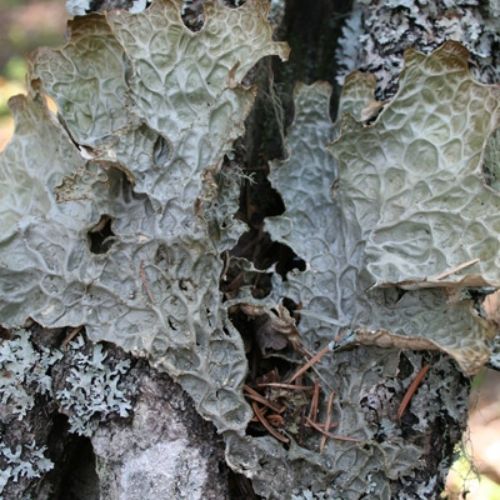
Habitat suitability decreased for Lung Lichen, which is a classic old growth indicator species.
Blister Paw (74% intact)
Habitat suitability decreased for Blister Paw, which is associated with old forest stands, and does not occur in areas with human footprint.
Wooden Soldiers (93% intact)
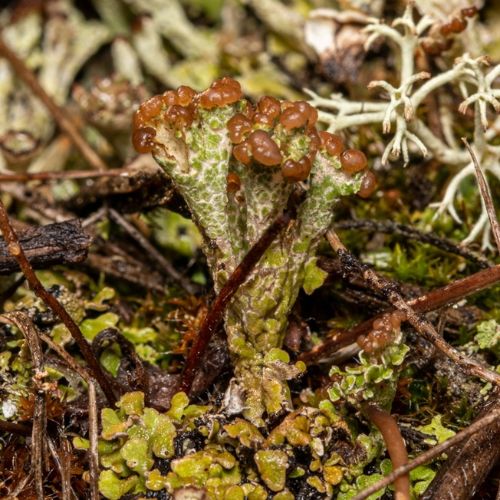
Habitat suitability increased for Wooden Soldiers, which is a very common species that is found in younger forests, including harvested stands.
Lichen Highlights
-
Intactness ranged from 59% to 100% for lichen species in Tolko’s Southern Operating Area, with habitat suitability declining as a result of human footprint for 82% of lichen species, and improving for 18% of species.
-
Many of the lichen species with the largest decreases in habitat suitability rely on mature/old forest to meet their habitat requirements. For example, the species with the largest decrease in habitat suitability, Lung Lichen (59% intact), has a strong association with mature/old deciduous forest. This species usually grows on the bark of deciduous trees in shady environments.
-
The lichen species with the largest increases in habitat suitability were much more common overall than the decreaser species, indicating a wider range of habitat tolerances. Four of the increaser species, for example British Soldiers (84% intact), are adapted to disturbance and prefer open or early successional habitats. One of the strongest increaser species, Peg-leg Soldiers (83% intact), is found in younger forest stands and is associated with shrub habitat.

Lichens in the Ramalina pollinaria group (84% intact) are associated with old deciduous forest stands.
Lichen Intactness. Intactness for lichen species in the Southern Operating Area. Solid line at 100% indicates no difference in expected habitat suitability between the current landscape with human footprint and the modelled reference landscape without human footprint. Data points indicate deviation from 100% intact; for example, 75% intact indicates greater deviation from reference conditions than 99% intact. The location of the data point relative to the reference line indicates whether habitat suitability for the species is predicted to decrease or increase relative to reference conditions; both positive and negative deviations from reference results in lower intactness. Hover over a point to view intactness for each species.
References
ABMI. 2017. ABMI essentials: intactness. Available at: https://abmi.ca/publication/496
Tolko Industries Ltd., Vanderwell Contractors (1971) Ltd., and West Fraser Mills Ltd. 2021. Lesser Slave Lake regional forest management plan. Prepared by FORCORP Solutions Inc.
Meehan, M.L., Z. Song, L.M. Lumley, T.P. Cobb and H. Proctor. 2019. Soil mites as bioindicators of disturbance in the boreal forest in northern Alberta, Canada: testing taxonomic sufficiency at multiple taxonomic levels. Ecological Indicators 102: 349-365.


